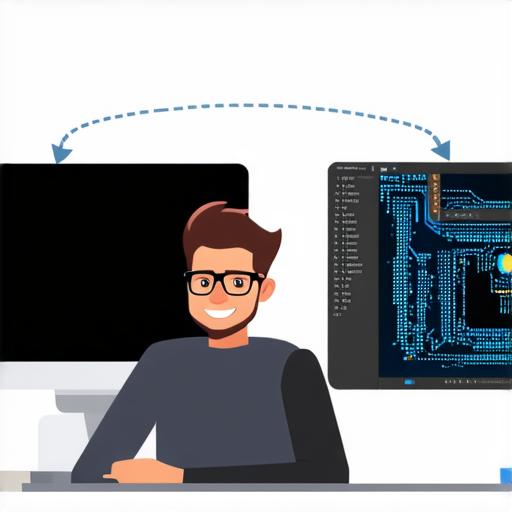Introduction
Unity is a popular game engine that allows developers to create interactive 3D applications for various platforms, including PC, mobile, and consoles. Python, on the other hand, is a powerful programming language that can be used for a wide range of tasks, including scripting, data analysis, and artificial intelligence. In recent years, there has been growing interest in integrating Unity with Python to take advantage of the strengths of both technologies.
Integration Options
There are several options for integrating Unity with Python:
Using a plugin
One of the most popular ways to integrate Unity with Python is by using a plugin such as PyUnity or Unity Python API. These plugins allow developers to write Python scripts that can be executed within Unity, giving them access to the engine’s features and functionality.
Pros:
- Easy to use
- Allows for seamless integration of Python code into Unity projects
- Provides a high degree of flexibility in terms of scripting language and development workflow
Cons:
- May have performance issues if used excessively
- Can be difficult to debug
- Requires additional setup and configuration
Using an API bridge
Another option for integrating Unity with Python is by using an API bridge such as Unity-Python-API or UPy. These bridges provide a way for Python scripts to interact with Unity’s APIs, allowing developers to access the engine’s features and functionality from within their Python code.
Pros:
- Allows for more control over the integration process
- Can be used in conjunction with other programming languages (e.g., C)
- Provides a cleaner separation of concerns between scripting languages
Cons:
- May have additional setup and configuration requirements
- Requires a good understanding of both Unity and Python development
Using a hybrid approach
A hybrid approach involves using both Unity’s built-in scripting language (C) and Python to create interactive 3D applications. This can be achieved by writing C scripts that interact with Python modules or by using a plugin such as PyUnity to run Python scripts within Unity.
Pros:
- Allows developers to take advantage of the strengths of both scripting languages
- Provides more flexibility in terms of development workflow
- Can be used for complex applications that require both game engine and scripting language functionality
Cons:
- May require additional setup and configuration
- Requires a good understanding of both Unity and Python development
Best Practices

When working with Unity and Python together, it is important to follow best practices to ensure the smooth integration and optimal performance of your application. Some best practices include:
- Keeping code clean and modular: It is important to keep your code clean and modular to make it easier to maintain and update in the future. This involves breaking down complex tasks into smaller, more manageable functions and classes that can be easily reused throughout your application.
- Using version control: Using a version control system such as Git can help you track changes to your code and collaborate with other developers more effectively. It is important to establish clear version control workflows and guidelines for your team to ensure that everyone is working on the same codebase.


